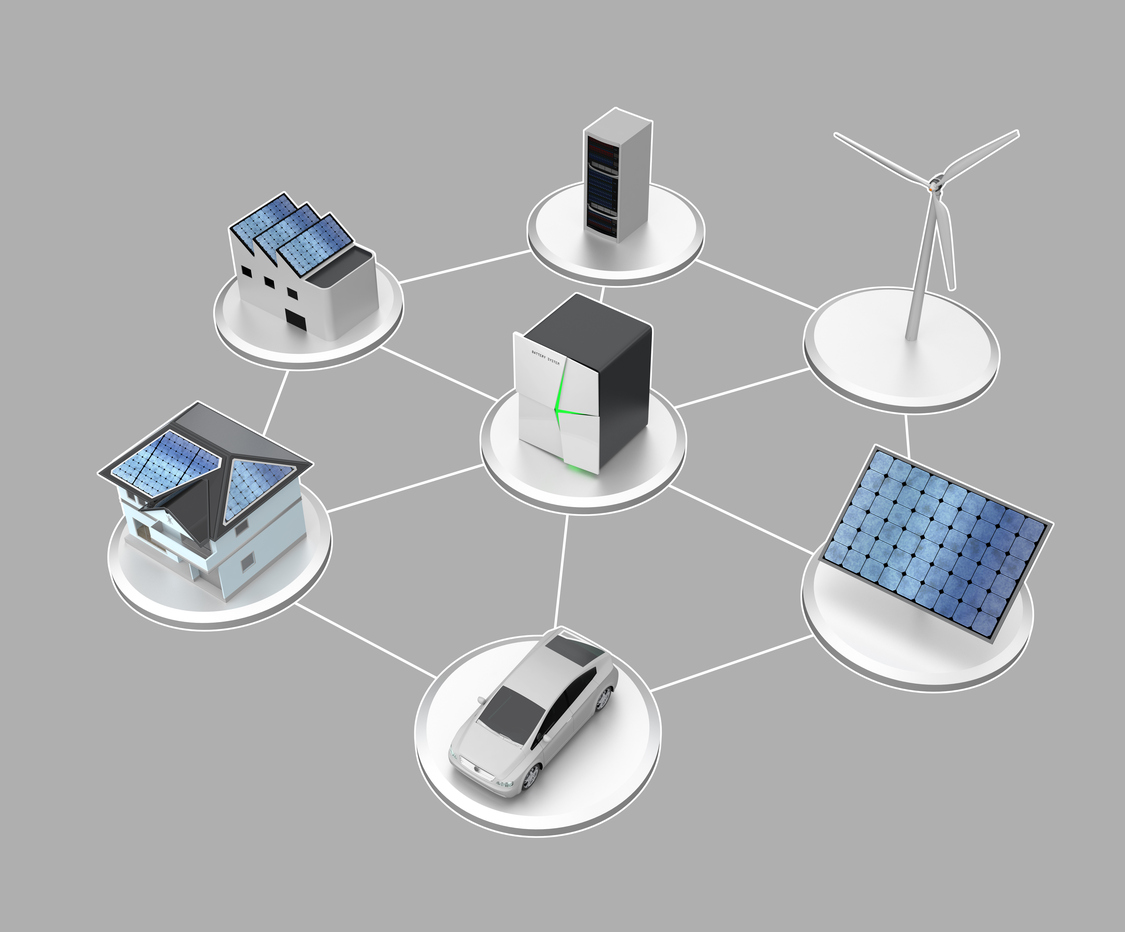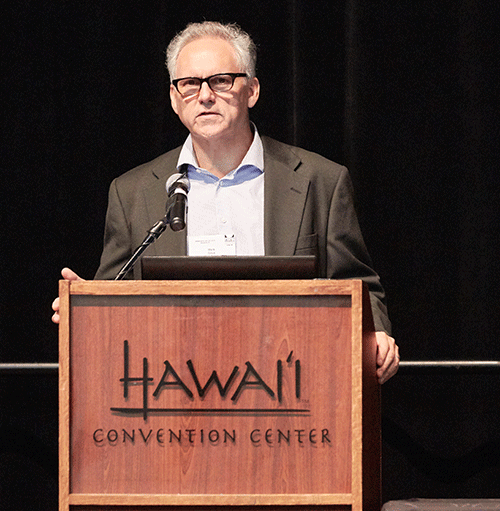 A team of researchers at Case Western Reserve University is building a flow battery prototype to provide cleaner, cheaper power.
A team of researchers at Case Western Reserve University is building a flow battery prototype to provide cleaner, cheaper power.
The team, co-led by ECS member Bob Savinell, is working to scale up the technology in order develop a practical, efficient energy storage device that can store excess electricity and potentially augment the grid in light of a shift toward renewables.
With a $1.17 million federal grant, the team has started to build a 1-kilowatt prototype with enough power to run various, high-powered household devices for six hours.
“Intermittent energy sources, such as solar and wind, combined with traditional sources of coal and nuclear power, are powering the grid. To meet peak demand, we often use less-efficient coal or gas-powered turbines,” says Savinell, ECS Fellow and editor of the Journal of The Electrochemical Society. “But if we can store excess energy and make it available at peak use, we can increase the overall efficiency and decrease the amount of carbon dioxide emitted and lower the cost of electricity.”
One of the biggest barriers preventing the large-scale use of electrochemical energy storage devices has been the cost. To address this, Savinell and his team have been developing the flow battery with cheaper materials, such as iron and water.


 Google is going green.
Google is going green. Researchers from the University of California, Riverside recently combined photosynthesis and physics to make a key discovery that could lead to
Researchers from the University of California, Riverside recently combined photosynthesis and physics to make a key discovery that could lead to  President…Donald…Trump. For those on both sides of the aisle who vowed “Never Trump!,” that’s going to take some getting used to. On this morning after a stunning election, the first impulse may be to describe the future in apocalyptic phrases. Game over for the climate! Game over for NATO! Game over for the Clean Power Plan! Game over for Planned Parenthood!
President…Donald…Trump. For those on both sides of the aisle who vowed “Never Trump!,” that’s going to take some getting used to. On this morning after a stunning election, the first impulse may be to describe the future in apocalyptic phrases. Game over for the climate! Game over for NATO! Game over for the Clean Power Plan! Game over for Planned Parenthood!
 One year ago Tesla Motors announced plans to build its
One year ago Tesla Motors announced plans to build its  With
With 